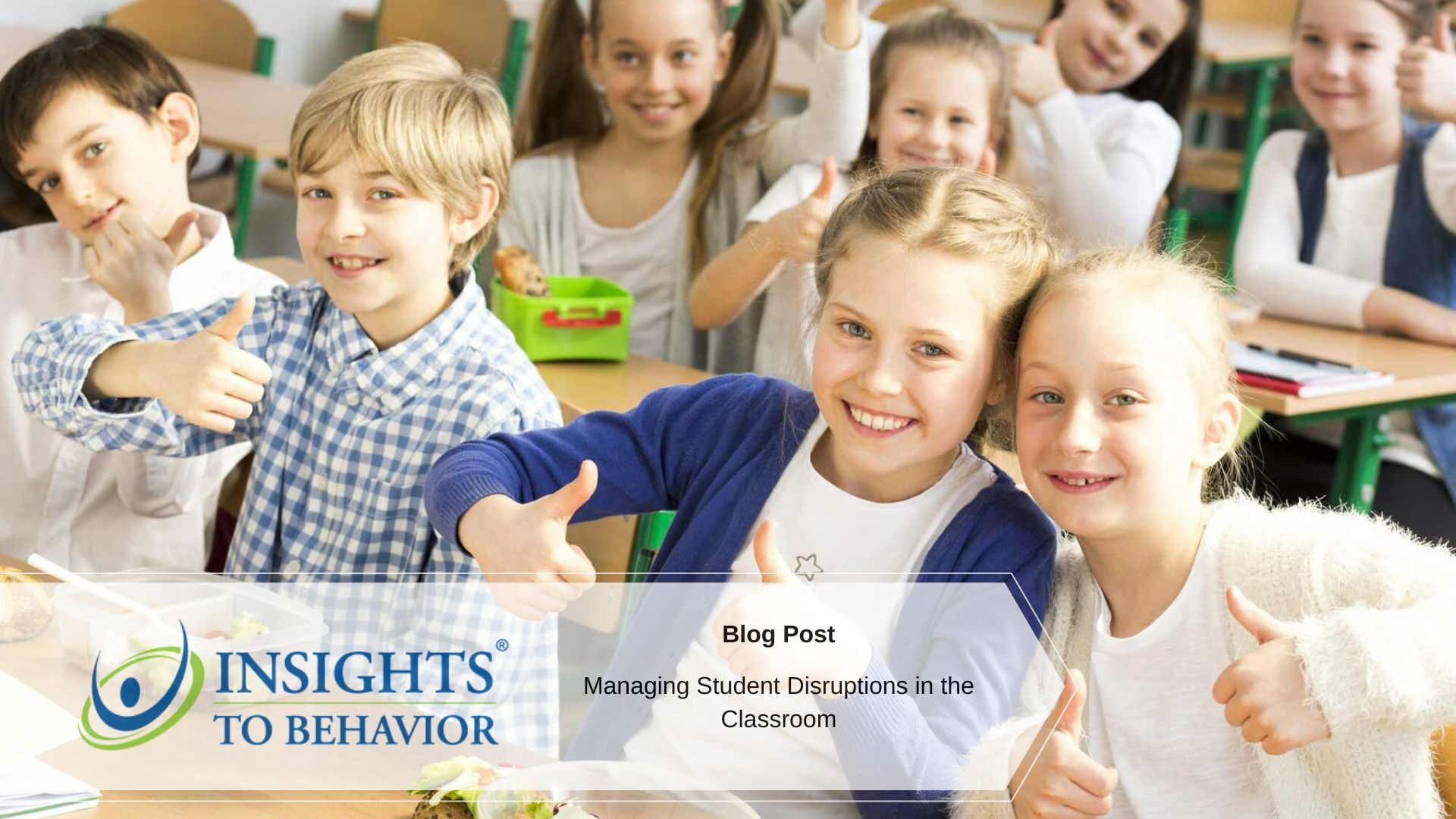Mental health issues often lead to behavioral problems. While ABA, or applied behavior analysis, can help these issues, it is also important to take various approaches.
This is true in both virtual classroom and physical classroom environments. But what should you do with students that regularly misbehave in class? What techniques should you pursue and which are not effective?
Keep reading and learn more about controlling student disruptions in the classroom.
Be Firm and Consistent
Positive reinforcement alone is not always enough to stop students from misbehaving. While it’s difficult to control students in a physical classroom, it can be even more frustrating with virtual learning. There are many types of disruptions that students may use to distract the class.
Some may fidget in their chairs and distract students nearby. Others may try passing notes around to each other or showing other students pictures on their phones. Some may make noises or say things that interrupt the class.
These interruptions make it very difficult to teach the class important lessons. It may also delay the class and keep students past the necessary schedule. This is why having a behavior management strategy is important.
It is necessary to show those disruptive students that acting out is not acceptable. This does not mean that you have to yell or publicly scold these students. But it is important to be firm and serious in your requests.
The Details
Consistency is also important, especially with young children. Suppose you have a young student that consistently taps on their desk throughout the class. While this might be a minor distraction, it can still make teaching in the classroom less efficient.
It also makes it more difficult for other students to concentrate. While telling the child to stop tapping is a simple way to stop this behavior, this demand should be firm and serious.
If the child continues the disruptive behavior, consider sending them out of the classroom. This shows that repeated disruptive behavior is not tolerated. This also tells the student that their actions have consequences.
But these consequences have to be consistent. If you are firm one time but not the next, the student will see that there is no real consequence to worry about. They will continue their disruptive behavior without worry.
But by being consistent, this disruptive behavior will soon come to an end. Positive reinforcement is also important. If the student did not do anything disruptive for the whole class, be sure to show your appreciation.
This “reward” will make the student want to continue being well-behaved in class.
Talk to the Students Privately
Suppose you have a disruptive student in the class. You may have tried to stop this behavior before but to no avail. If traditional methods aren’t working, consider talking to the student privately.
Talking to students is important to get your message across. This is especially true with young students. Young students may not understand what you’re trying to tell them unless you have patience and explain what you want.
Explain why their disruptive behavior is a bad thing for the class. Talk about the effect that their behavior has on other students. They may distract other students and make it difficult for them to pay attention in class.
Some students may not realize that their behavior is disruptive or unwanted. They may think that their behavior is entertaining. Some children may not realize what they are doing because they are daydreaming.
What You Need to Know
Making the student aware of their behavior will help stop the problem. Explain that they can’t continue with that behavior anymore. If the student is defiant, explain that their behavior will not be accepted and will be met with consequences.
Detention isn’t always necessary, but it may be useful for older children who won’t listen to authority. Sending them to the principal’s office may also help. Most younger children will comply once you explain the situation to them.
It may take more than one talk to get them to stop. Again, it is important to be firm and consistent when managing student behavior to get the best results.
Use Prevention Techniques
Preventing disruptive behavior is often easier than stopping it. Before the start of class, explain what kind of behavior won’t be tolerated. Explain how disruptive behavior can be distracting to the rest of the class.
This can interfere with learning and prolong the class. You should also talk about what kind of behavior you would like to see in the class. Productive behavior is always welcome.
Students should always be polite to each other. Students helping other students with homework and group projects is also a great behavior to promote. This is the beauty of positive reinforcement.
Promoting good behavior will compel students to pursue more good behavior. Discouraging bad behavior will prevent students from doing more bad things. While this may sound simple, it’s very effective.
It may take some time for these changes to fall into place. Once they happen, your classroom will be much calmer and more efficient.
ABA, Positive Reinforcement, and Managing Disruptions
A disruptive class is not a good environment for young students trying to learn new information. If you have a student that is misbehaving, it is important to stop this behavior early. Positive reinforcement is great for this as well as ABA and discouraging bad behavior.
Are you ready to learn more about managing student behavior? Check out our services and see how they can help.




